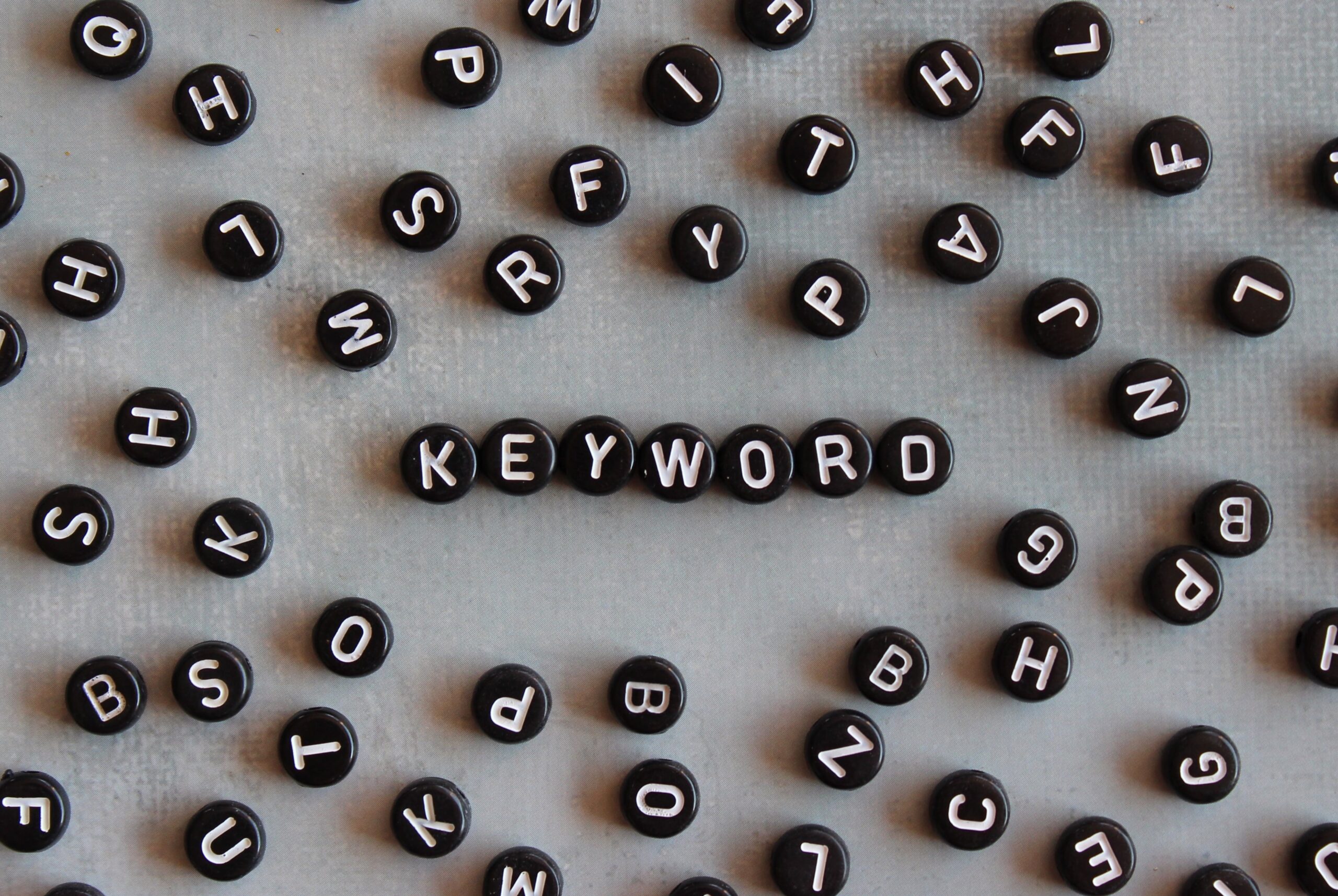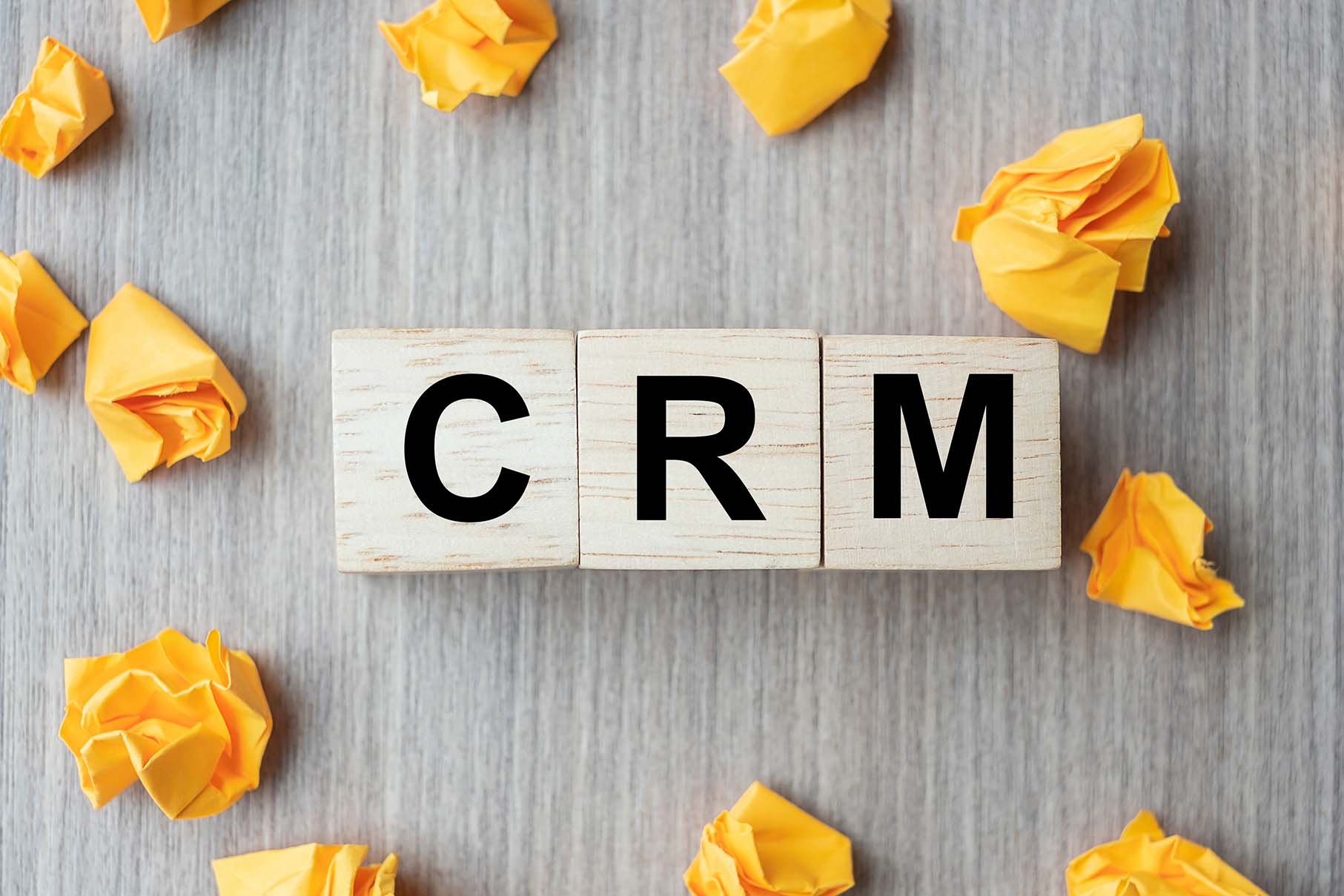
It’s no secret that headlines are essential for drawing attention to your content and getting more people to click on them, but did you know that headlines that evoke emotions can be even more effective? In this article, we’ll be discussing the secret of using emotional headlines and how they can make your content stand out from the competition.
First of all, it’s important to understand why emotional headlines are effective. Headlines have the power to trigger a reader’s curiosity and evoke an emotion that can compel them to take action. By using headlines that are designed to make a reader feel something, you’re creating interest in your content and increasing the chances that someone will click on it.
When crafting an emotional headline, it’s important to consider the type of emotion you want to evoke. Generally speaking, the most powerful emotions are those that are tied to feelings of fear, excitement, joy, surprise, or anger. By using powerful, impactful words and imagery, you can get even more of an impact.
Additionally, it’s important to keep your headlines succinct and to the point. Long, wordy headlines can easily lose the attention of your reader and make it difficult to get your point across. Keep your headlines under 65 characters, and use language that is direct and easy to understand.
It’s also helpful to add a more personal touch to your headlines by addressing the reader directly or using “you” statements. This can help to make the reader feel more connected to the content and step into a mental or physical place.
Finally, don’t be afraid to experiment with different types of emotional headlines to see which ones work best for your audience. By testing different variations and monitoring which ones get the most clicks, you’ll be able to get a better understanding of what resonates and craft even more successful headlines for the future.
In conclusion, the secret to creating effective emotional headlines is to understand which emotions have the most impact, create succinct headlines that get your message across quickly, add personal touches, and to experiment with different variations. By mastering these techniques, you’ll be able to create headlines that draw in more readers and help make your content stand out from the competition. The title of an article is its most important element. It is the first thing that a potential reader sees, and it is what determines whether they will read on or click away. A good headline will pull the reader in and make them want to learn more.
There are a few key elements that make a great headline. First, it should be interesting. It should make the reader want to know more about the topic. Second, it should be current. It should be about something that is relevant and top of mind for the reader. Third, it should be emotional. A headline that evokes an emotional response is more likely to be read and shared.
Some of the best headlines are those that are emotional. They tap into our feelings and move us to take action. Headlines that make us feel angry, scared, or happy are more likely to get our attention than those that are neutral.
When writing headlines, ask yourself what emotional response you want to evoke. Do you want to make the reader angry? Scared? Excited? Once you know the emotion you want to evoke, you can more easily write a headline that will get attention.



